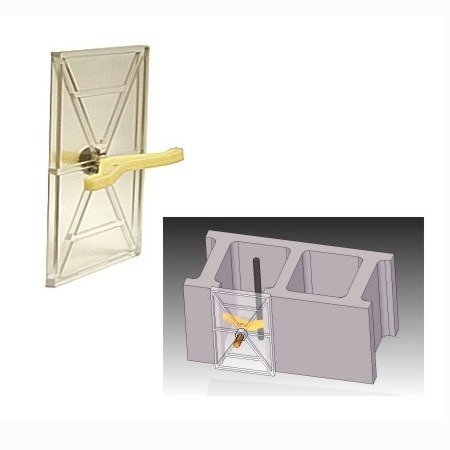CBlaker114
Structural
- Apr 18, 2014
- 16
So... I got a question from the building department that I've never encountered in response to our plan submittals. One of the comments on our structural plans read as follows, "How much mortar droppings from laying cmu will be allowed at the bottom of the cmu cell to be grouted?" Anyone ever seen this comment or make a point of addressing this in their plans? Is this actually addressed in the ACI 530 or FBC? (Project is in Florida)... another reason why I don't know if this is a legit comment... Florida... don't even get me started....

